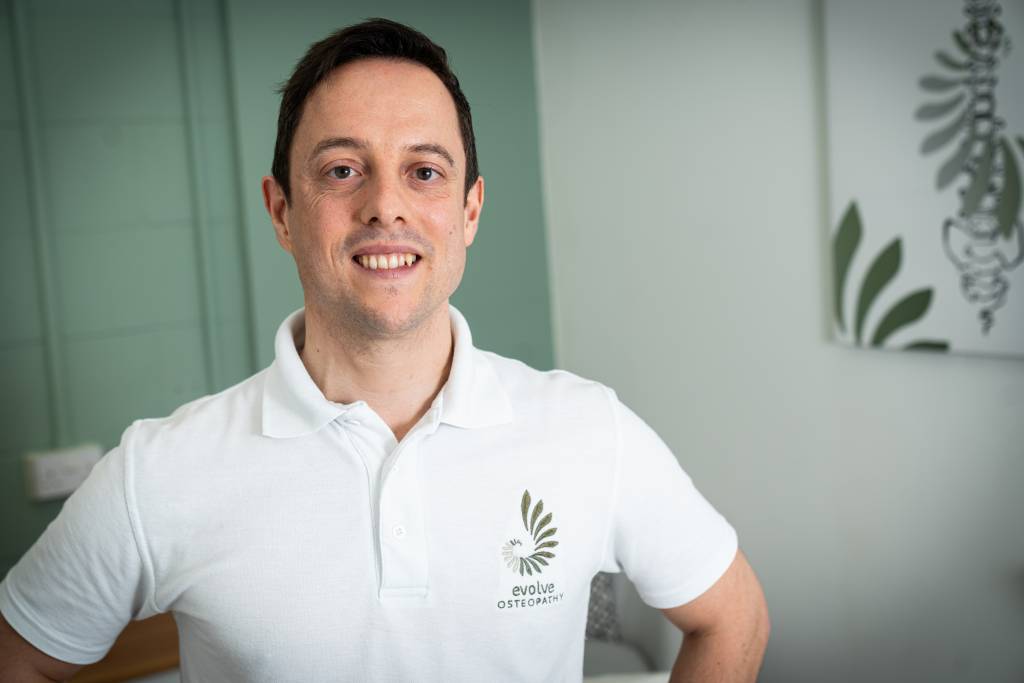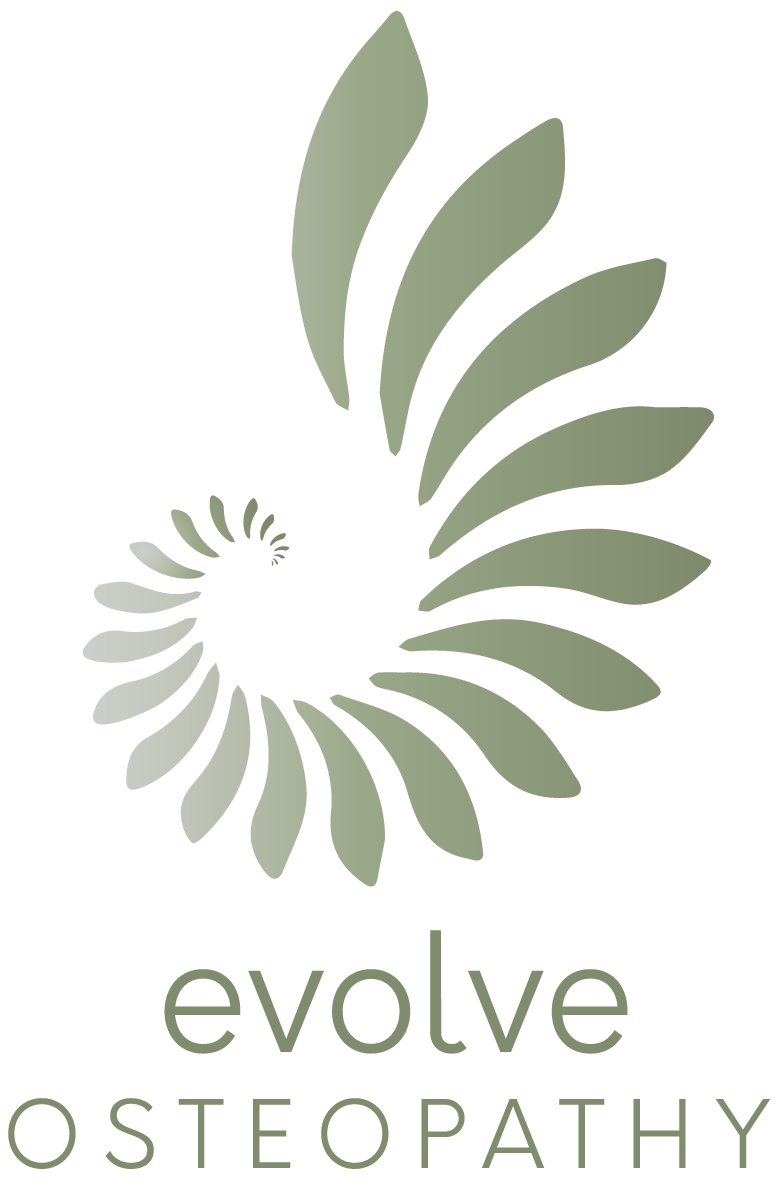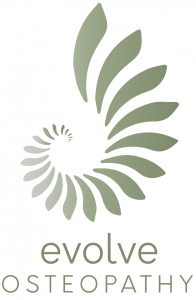Pelvic torsion, or a twisted pelvis, is a common musculoskeletal issue that can cause pain and imbalance in the body. When the pelvis is rotated or tilted, it can affect the alignment of the spine, hips, and legs, leading to a range of symptoms. Seeking treatment from a qualified osteopath, especially one who is a CHEK Practitioner, can help address pelvic torsion and restore proper alignment in the body.
Understanding Pelvic Torsion
Pelvic torsion occurs when one side of the pelvis is rotated forward or backward in relation to the other side. This imbalance can be caused by various factors, such as scoliosis (whether that’s a structural, congenital or acquired), an issue with the Atlas Axis joints in your neck (C1/2), a TMJ Dysfunction with both leading to postural changes via the righting reflex, an eye or hearing/vestibular issue, simple muscle imbalances, injury, or repetitive movements. When the pelvis is twisted, it can put strain on the muscles, ligaments, and joints in the lower back, hips, and legs, leading to pain and dysfunction.

Symptoms of a Twisted Pelvis
A twisted pelvis (pelvic torsion or tilt) can cause a range of symptoms, including low back pain, hip pain, sciatica, pelvic pain, sacroiliac joint dysfunction and ultimately a leg length discrepancy. Individuals with pelvic torsion may also experience difficulty walking, standing, or sitting for extended periods of time. Additionally, the imbalance in the pelvis can contribute to poor posture, muscle tightness, and limited range of motion in the hips and lower back.
How We Assess a Twisted Pelvis
A pelvic torsion can be measured by using an inclinometer that measures to the degree whether one side of the pelvis is rotated to another. This becomes helpful when designing a corrective exercise program as it can be re-measured after a 3 month period.

Seeking Treatment from an Osteopath
Osteopaths are healthcare professionals who specialise in treating musculoskeletal issues, including pelvic torsion. Through hands-on techniques such as manipulation, massage, stretching, and exercise prescription, an osteopath can help re-balance the length/tension relationships around the pelvis, improve muscle balance, and relieve pain and discomfort associated with pelvic torsion. It is important to seek treatment from a qualified and experienced osteopath to ensure safe and effective care.

Benefits of Seeing a CHEK Practitioner
A CHEK Practitioner is a holistic health professional who focuses on restoring balance and function in the body through a comprehensive approach. In addition to addressing musculoskeletal issues like pelvic torsion, a CHEK Practitioner will also assess lifestyle factors, nutrition, stress levels, and other aspects of health that may be contributing to the problem. By taking a holistic approach to treatment, a CHEK Practitioner can help address the root cause of pelvic torsion and create a personalised corrective exercise plan for long-term health and wellness.
If you are experiencing symptoms of a twisted pelvis, it is important to seek treatment from a qualified osteopath, especially one who is a CHEK Practitioner. By addressing pelvic torsion and restoring proper alignment in the body, you can alleviate pain, improve function, and enhance overall well-being. Don’t let pelvic torsion hold you back from living your best life – schedule an appointment with an osteopath or CHEK Practitioner today.

